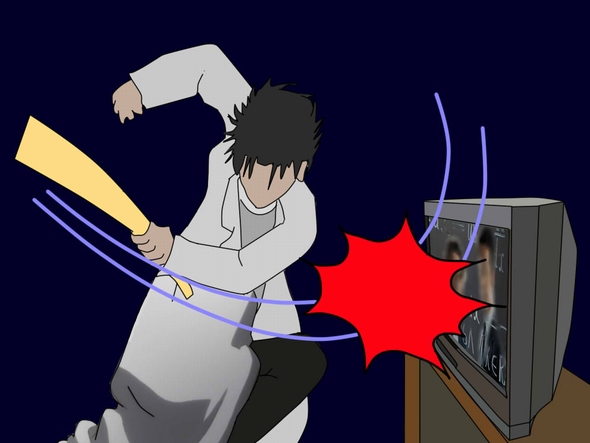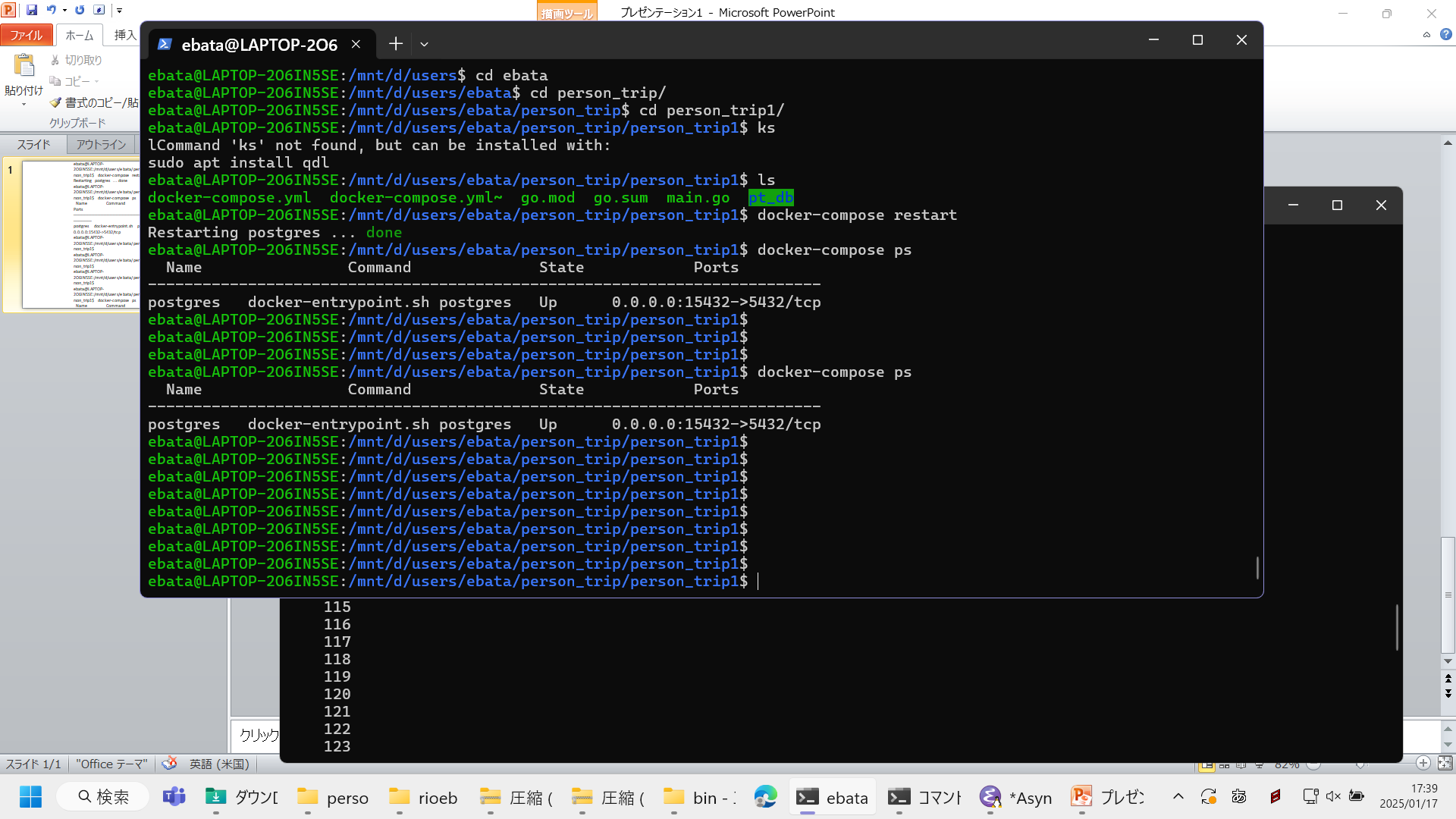昨年末から、ノドがいがらっぽい状態が続いています。
Since the end of last year, I've had a scratchy throat.
普通に寝ていても、寒さで目が覚めますし、年末からずっと、ぼんやりとした体調不全が続いています。
Even when I'm sleeping, I usually wake up with a cold, and I've been feeling vaguely unwell since the end of the year.
「老化」という言葉は、上位概念すぎて分かりにくいですが、これを「自律コントロール機能の段階的喪失」と置き替ええると、ぴったり当てはまる感じがします。
The word “aging” is too broad to be easily understood, but if I replace it with “gradual loss of autonomous control functions,” it seems to fit perfectly.
『視力が壊れる』、『体内保湿機能が壊れる』、『体温調整機能が壊れる』。まあ、こんな感じですね。
'Your eyesight will be ruined,' 'your body's moisture retention function will be ruined,' and 'your body temperature regulation function will be ruined.' Well, something like that.
自律機能が壊れていくのであれば、外部デバイスで補っていくしかありません。
If the autonomous functions break down, the only way to compensate is with external devices.
これが、老眼鏡であり、加湿器であり、そして、暖房器具です。
These are reading glasses, a humidifier, and a heater.
どの世代であっても、自分の老化を実感します。
-----
ただ、私が思うにこれらのデバイスは制御が"雑"です。
However, I believe the controls on these devices are “sloppy.”
知らない人が多いかもしれませんが、視力は毎日変動します。同じ眼鏡でも、文字が見える時と見えない時があります。
Although many people may not know this, your eyesight changes every day. Even with the same glasses, there are times when you can see the letters and times when you can't.
また、加湿器はフェードバック機能がいいかげんで、ここ数日で部屋をびしょ濡れにされました(書類の印刷が水に浸った状態で見えない)。
Also, the humidifier has a poor feedback function, and it has made the room soaking wet in the past few days (the documents I printed are soaked in water and unreadable).
エアコンは、暑く眠れなくなったり、寒くて眠れなくなったりします。まあ、これは私の睡眠中の体温や体調の変化のせいだとは思いますが。
Air conditioning can make it too hot or too cold to sleep. I think this is due to changes in my body temperature and physical condition while I sleep.
-----
今後は、天井に設置したカメラとかベッドに仕込まれた温度・湿度センサが、私の体表温度とかを計測して、パーソナルAIと連動して、自動的に制御を行う、というような方向に向かうかもしれません。
In the future, cameras installed in the ceiling and temperature/humidity sensors built into the bed may measure my body temperature and other data and automatically control the room in conjunction with the personal AI.
ただなぁ、この実現は難しいだろうな、とは思います。
However, I think it will be challenging to achieve this.
学習にかかる時間も長いだろうし、被験者からのフィードバックの測定が恐しく難しくて、被験者の負荷も大きそう。
It will take a long time to learn, and measuring the feedback from the test subjects will be extremely difficult. It seems that the test subjects will also have a lot of work.
市場規模は大きいですが(全人口の35%以上で、今後も増加は確定)、システム構築や販売コストも高そうです。
The market is large (over 35% of the total population, and it is confident to continue to grow), but it also seems that the cost of system construction and sales will be high.
-----
ちなみに、部屋をベチャベチャにされましたけど、加湿器のおかげで「ノド」の調子はいいです。
By the way, I made the room very humid, and thanks to the humidifier, my throat is in good condition.
これ受験生必須のアイテムではないかと思います。
I think this is a must-have item for students preparing for exams.
とくに、カゼやインフルエンザ対策としては、最強デバイスの部類にはいるのではないか、と思いました。
It was one of the most powerful devices for preventing colds and influenza.
受験生の皆さんとそのご家族の皆さんは、購入をご検討下さい。
All prospective students and their families are encouraged to consider purchasing this device.


